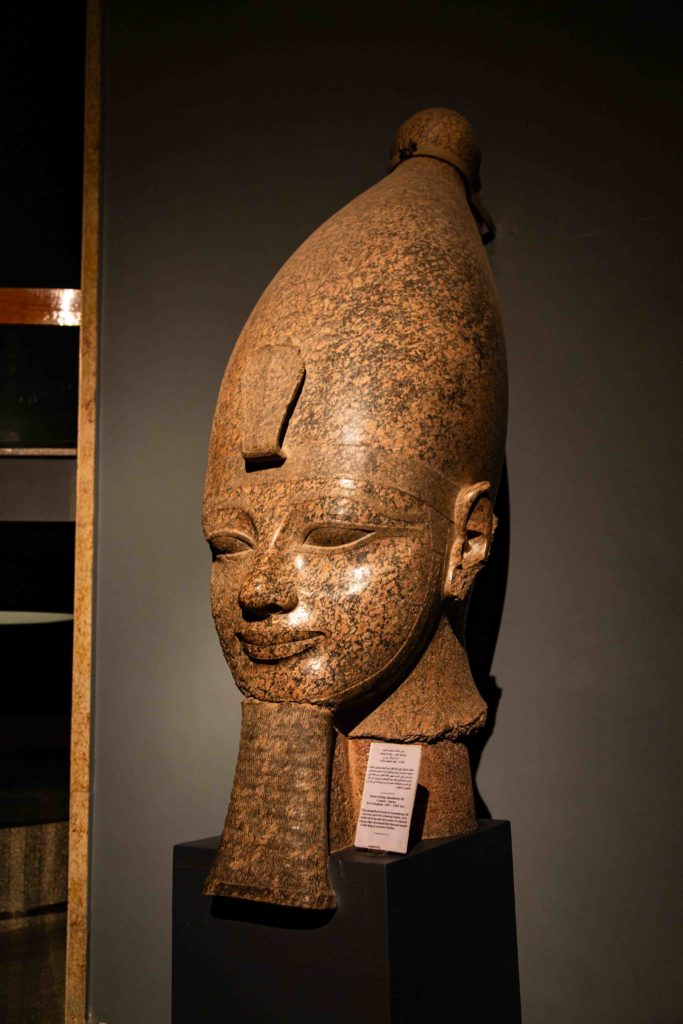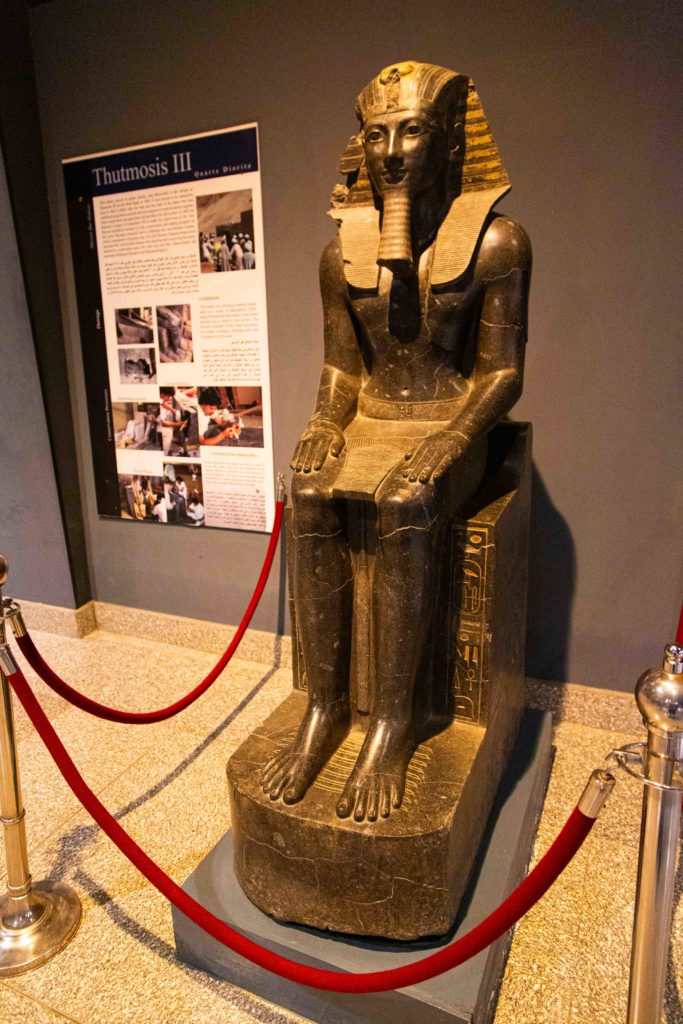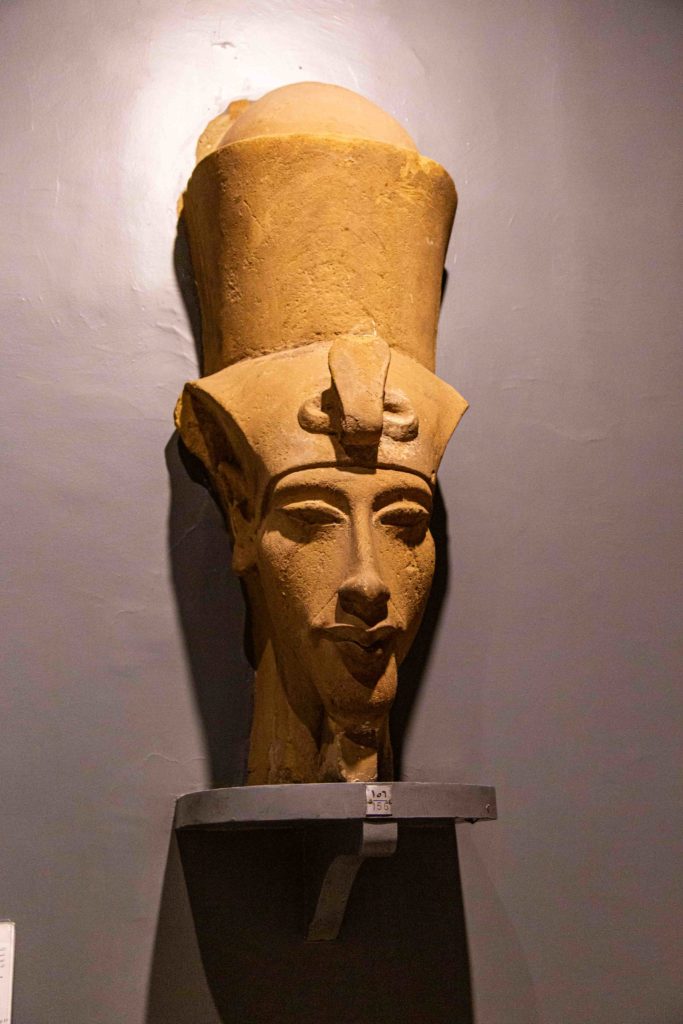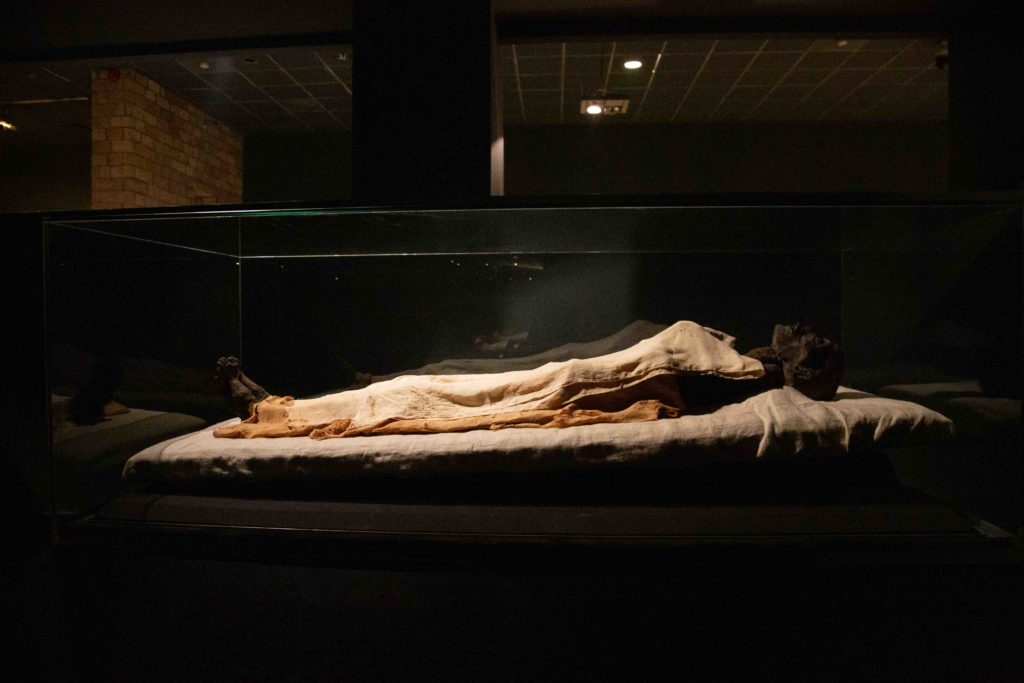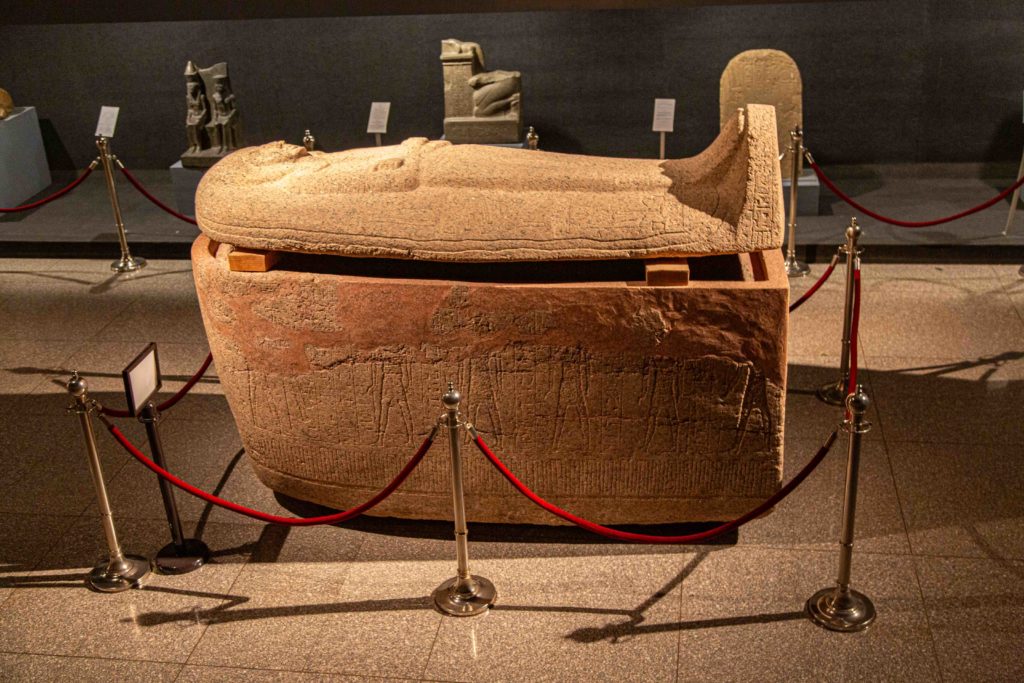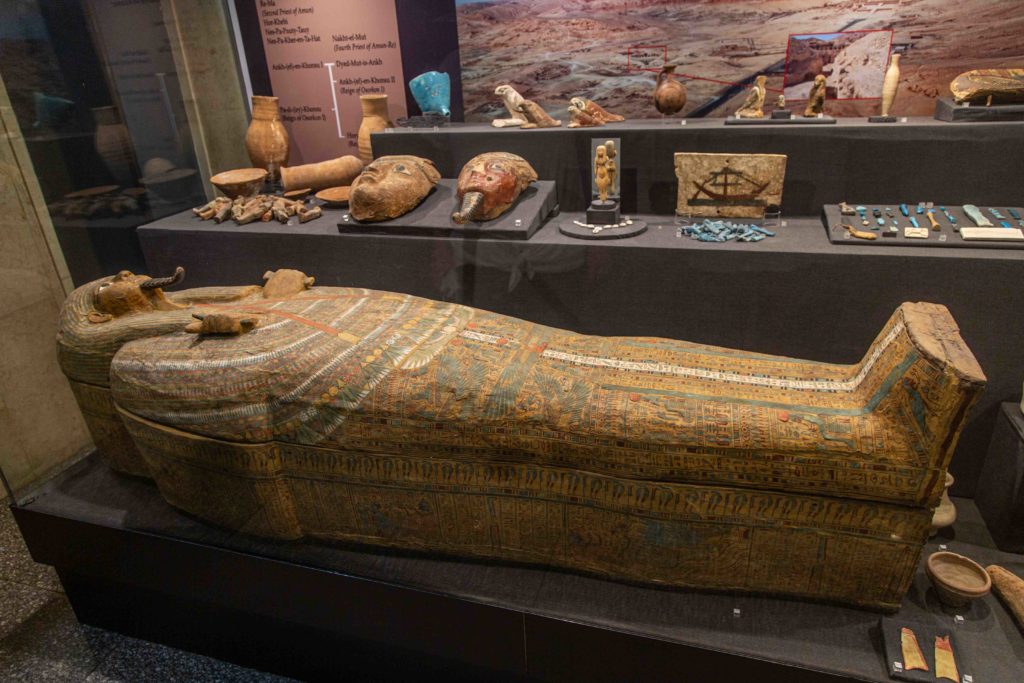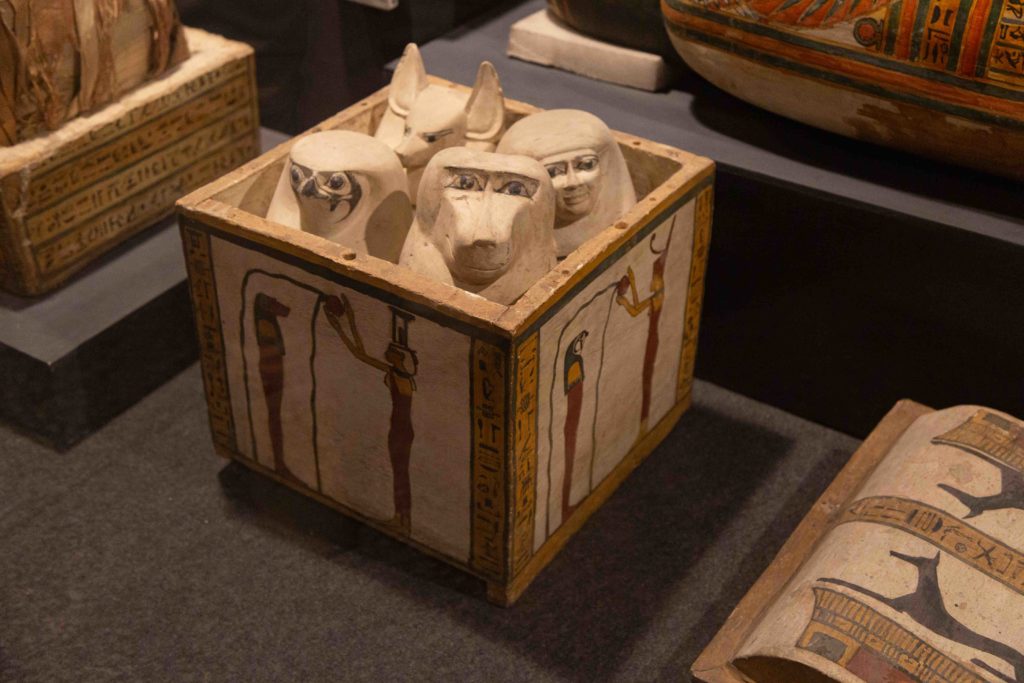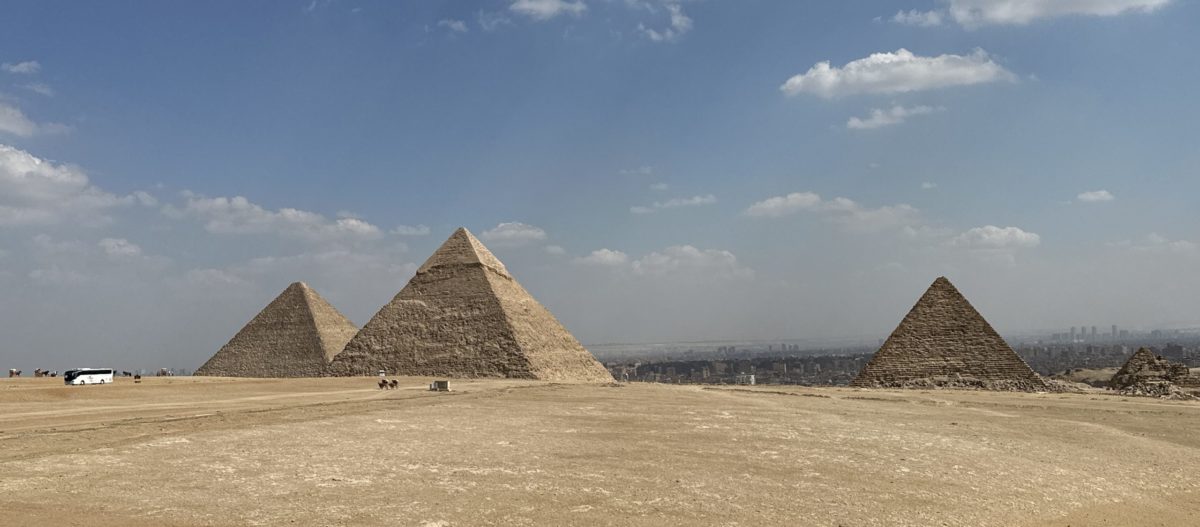
The Oberoi Zahra spent the night in Edfu before continuing to our next destination, Luxor. We had another pleasant morning heading north punctuated by something to peak a nerd’s interest, passage through the Esna Locks. There are two barrages across the Nile in the city of Esna, one built in 1906 with a single lock (always open) and a second with two locks built in the 1990s that also supplies electricity. From what I have read this passage can be a choke point on the Nile for river cruises however we were thru both sets of locks in about 40 minutes. Of course the sales folks were present yelling to get the passenger’s attention to view their wares.
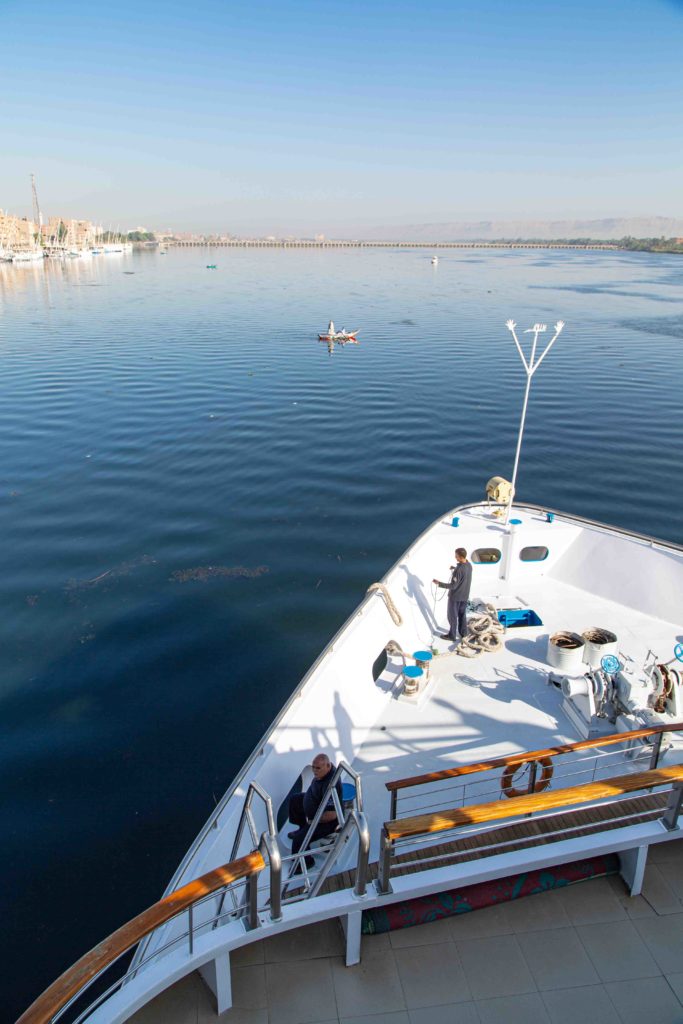
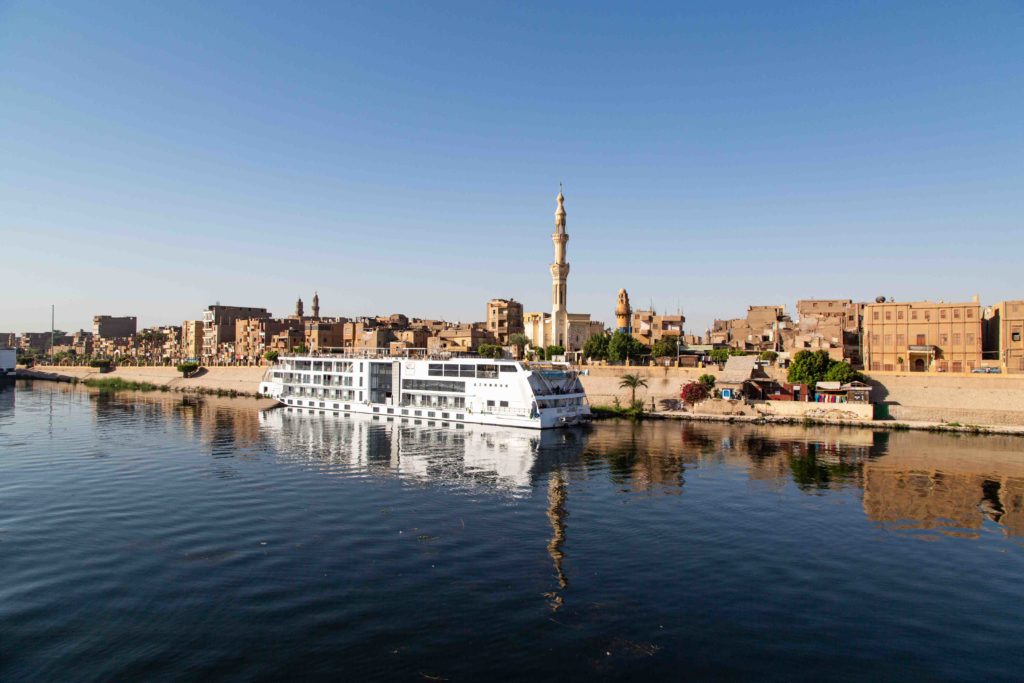
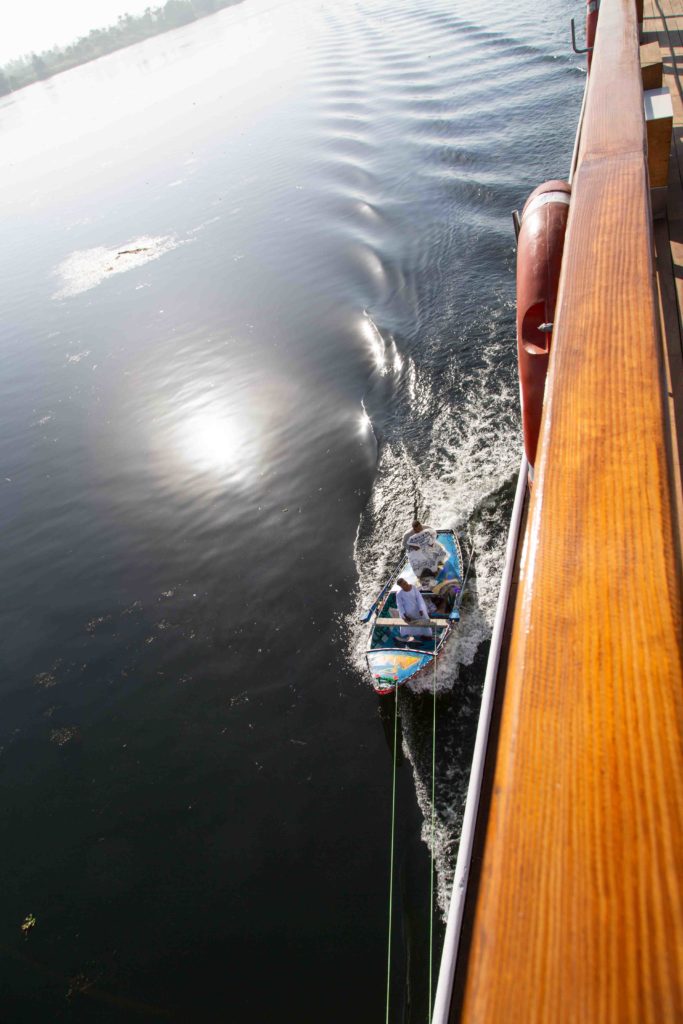

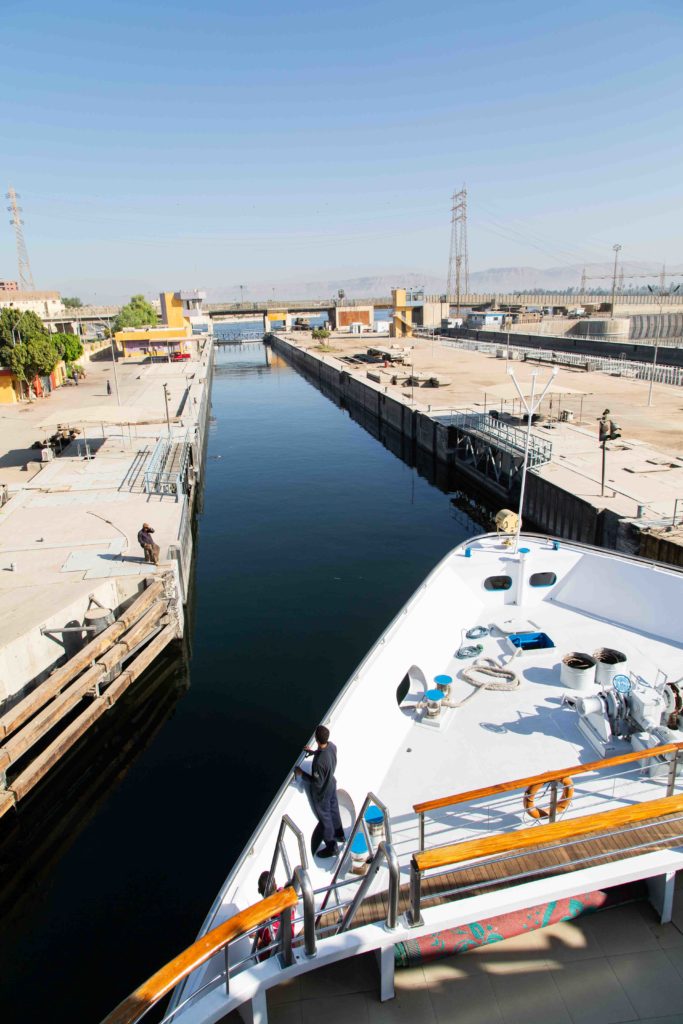
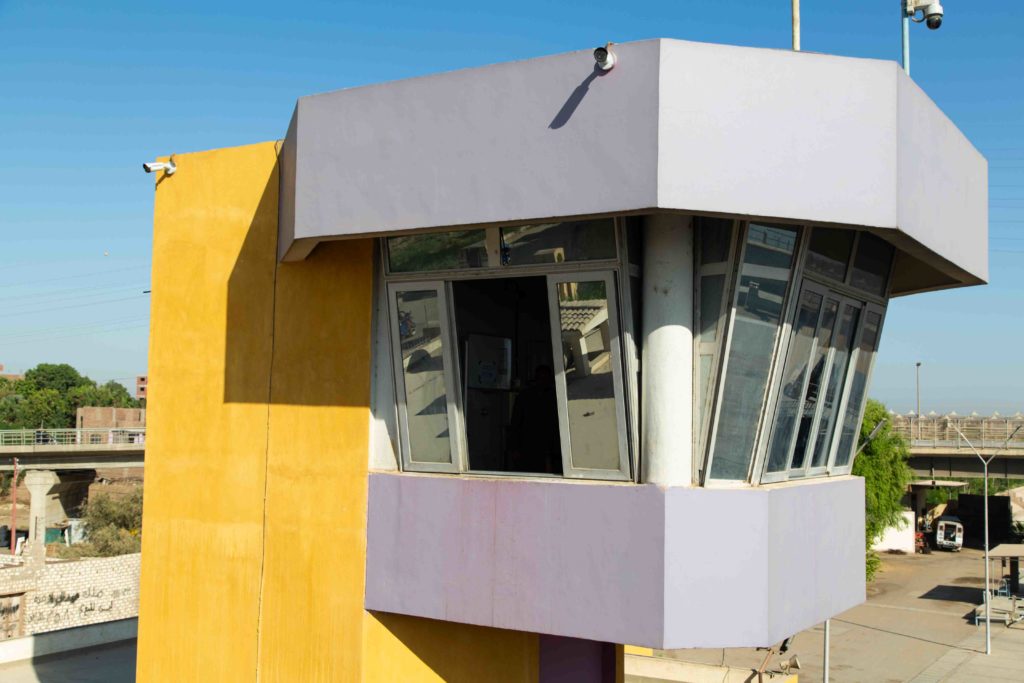
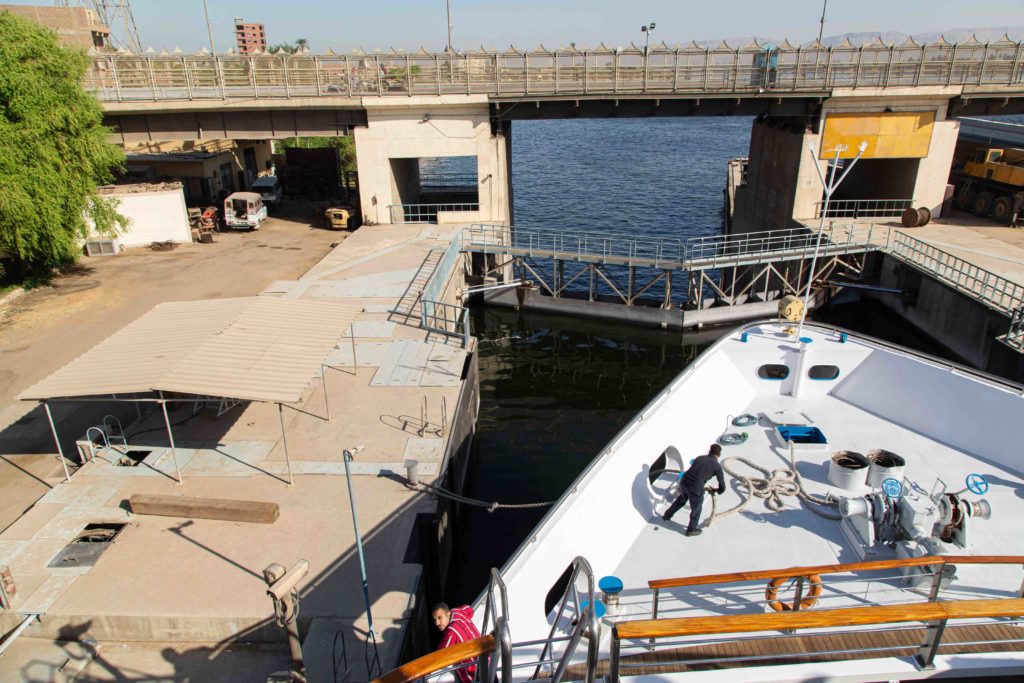
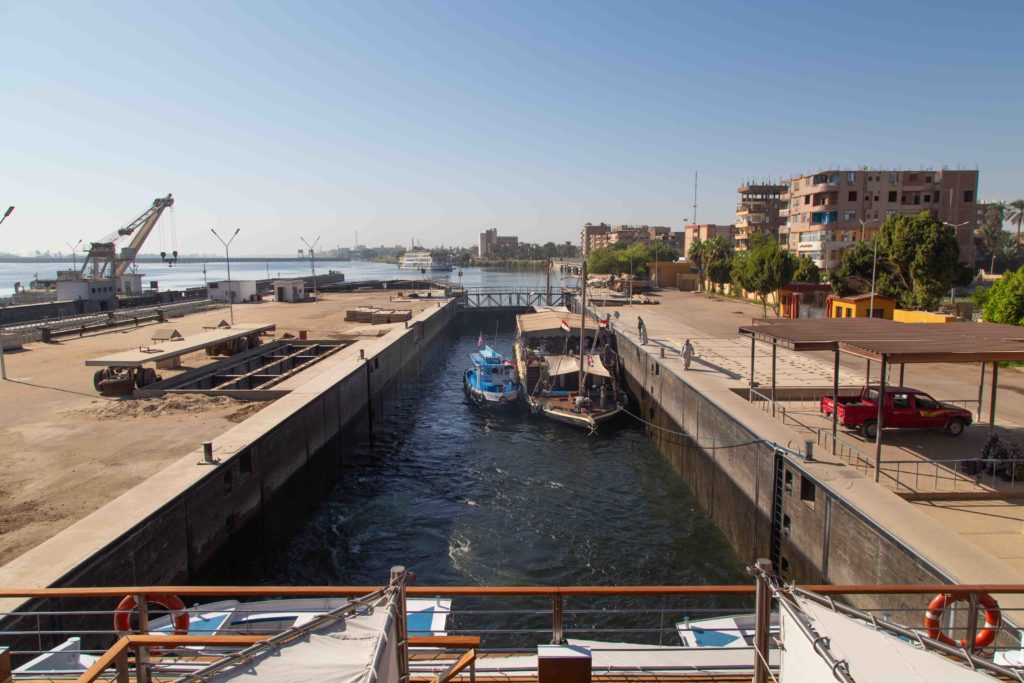
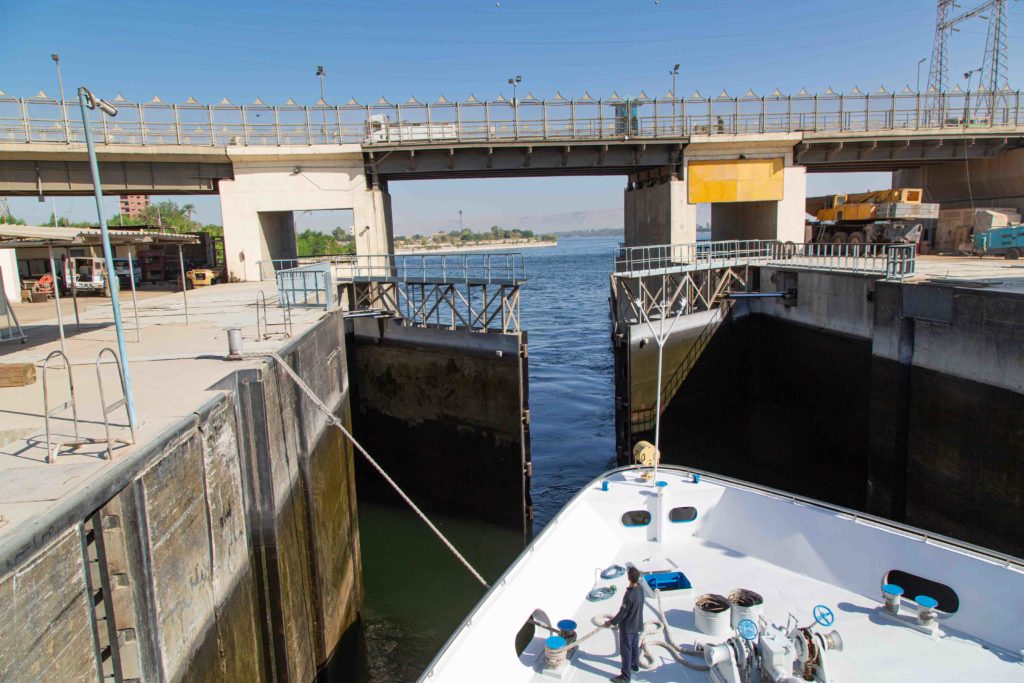
We arrived in Luxor in the early afternoon, a cleaner and calmer city than others we have visited so far. Luxor was originally called Thebes which had a group of temples called in ancient times Ipet-Isut, “Chosen of Places” and one of the largest is the Karnak Temple. Built over 1000+ years by many Egyptian rulers this sprawling complex has much to talk about, too much for a blog entry. My favorite section was the Great Hypostyle Hall, built between 1290–1224 BC. The tall columns which are heavily inscribed and some have retained their paint making this place a true sight.
My favorite tale Mohammed told us involved Hatshepsut, a female. King and her nephew and successor Thutmose III. Hatshepsut became regent of Egypt upon the death of her husband (and half brother) Thutmose II due to Thutmose III being too young to rule. Also being the daughter of a pharaoh Hatshepsut eventually decided she should be pharaoh and made Thutmose III. Hatshepsut’s reign was a prosperous time and many major construction projects where undertaken including the Great Hypostyle Hall. and the erection of two obelisks at Karnak. Upon her death Thutmose III decided to have her name removed monuments. He also wanted to have her remaining obelisk (one fell in an earthquake) removed however the the priests nixed this idea. Instead Thutmose III had it walled in, which in shielding it from view also preserved its color better for today. Ahh, the impulses of the powerful.
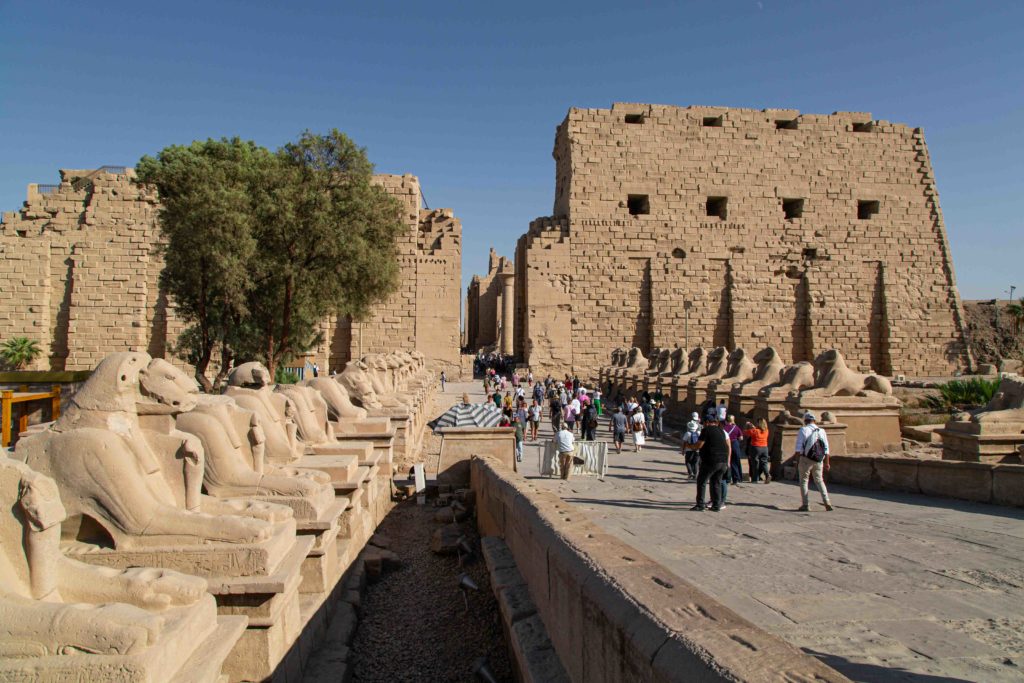


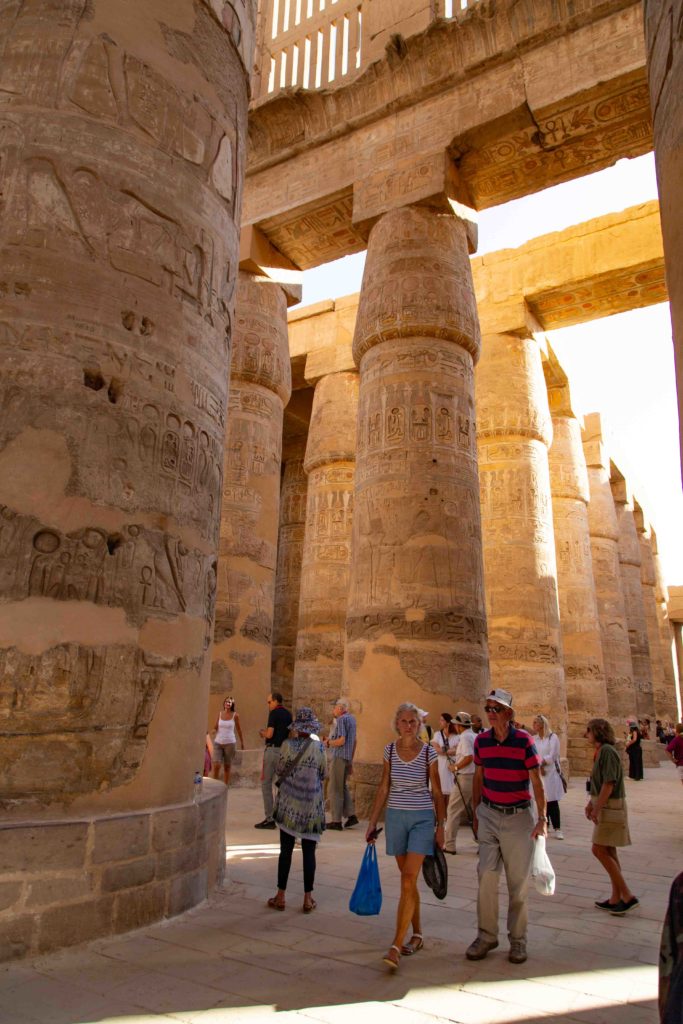
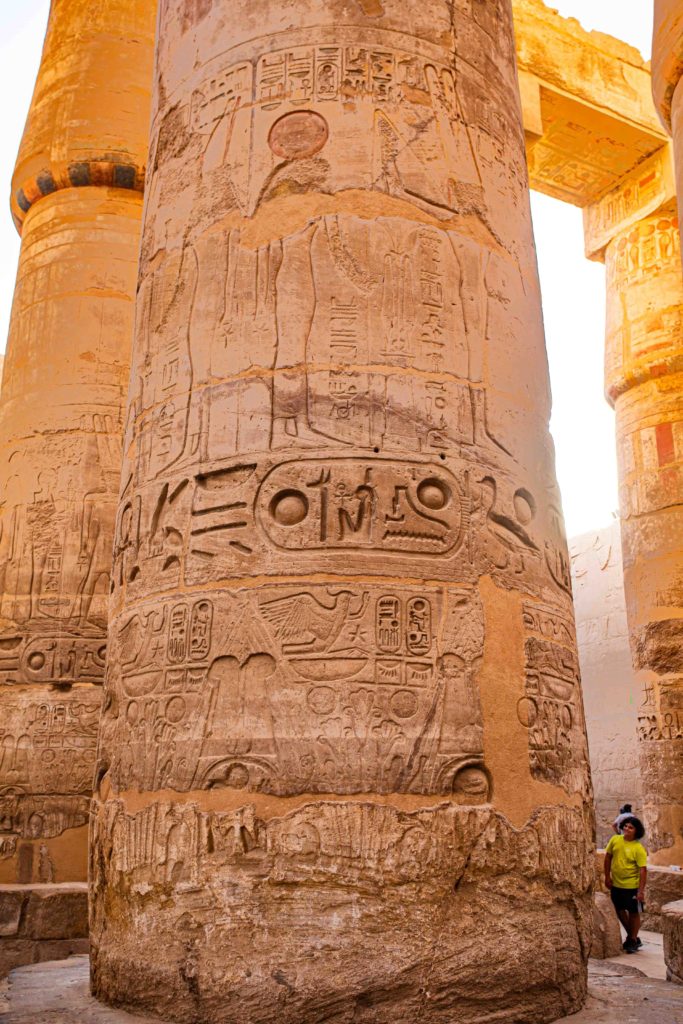
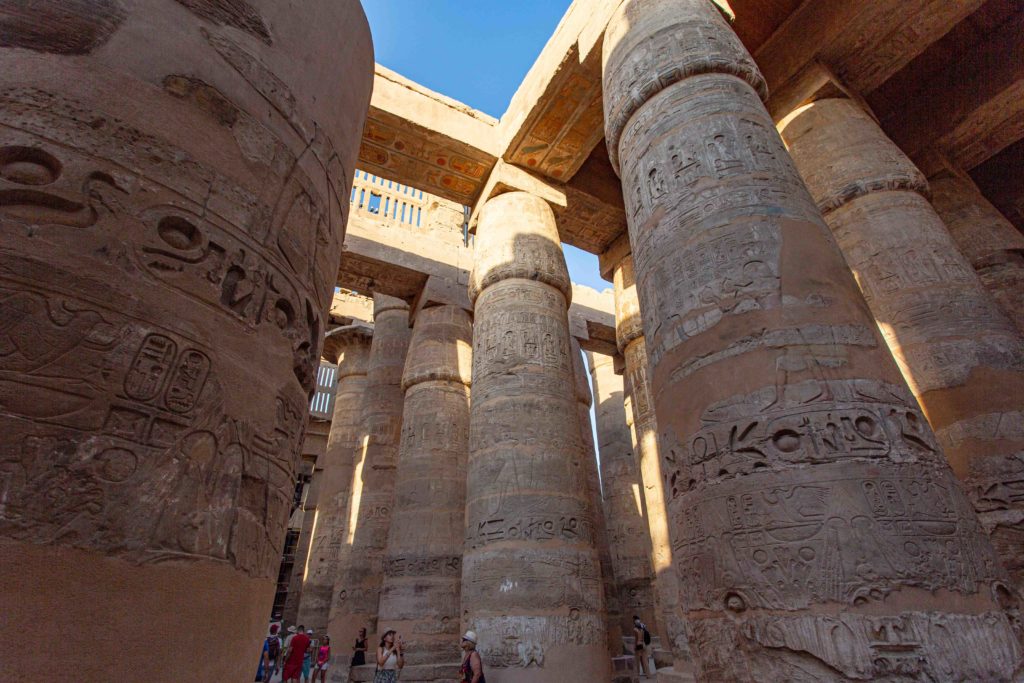

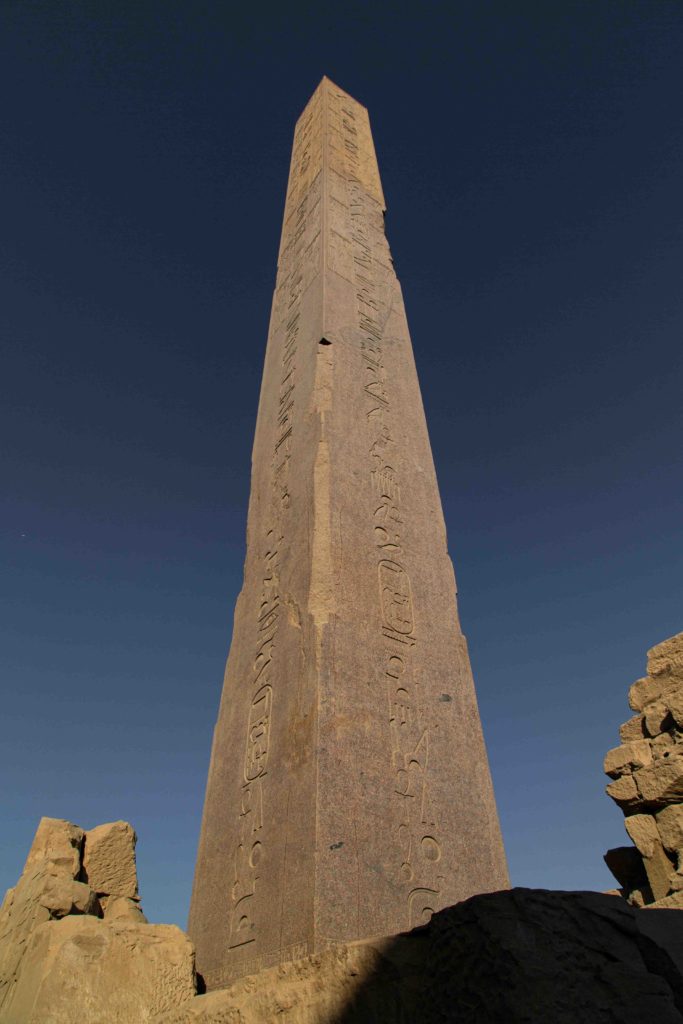
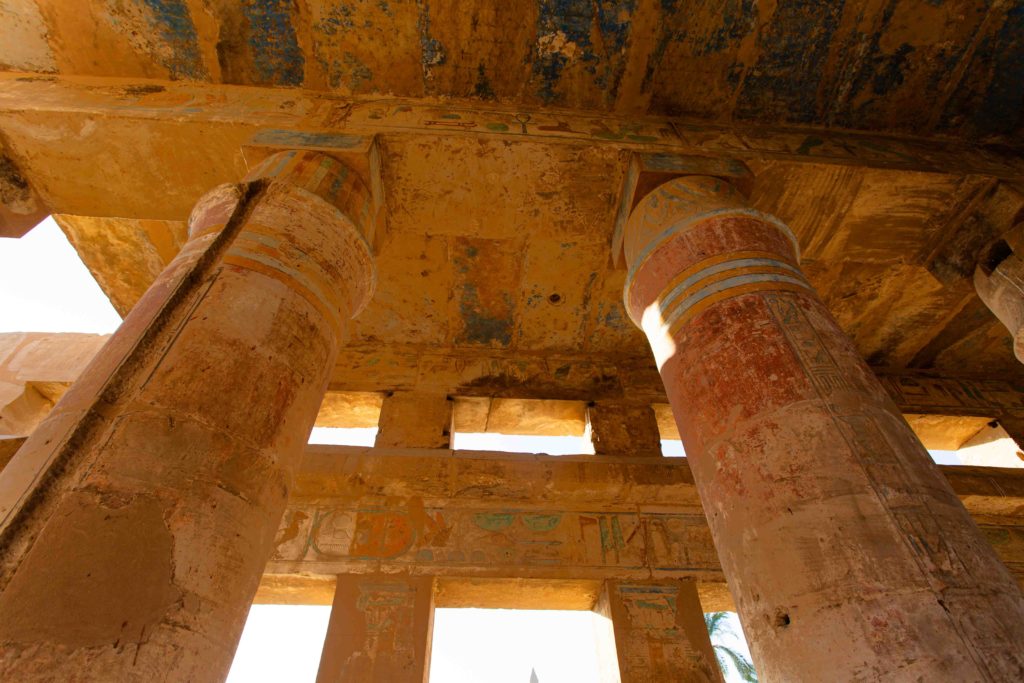
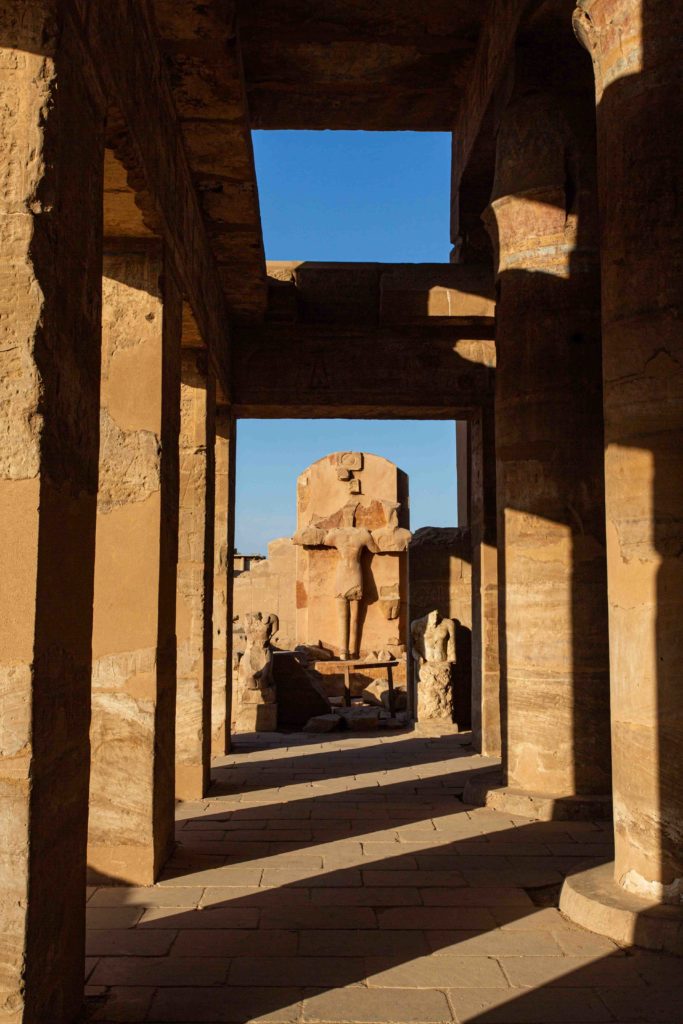
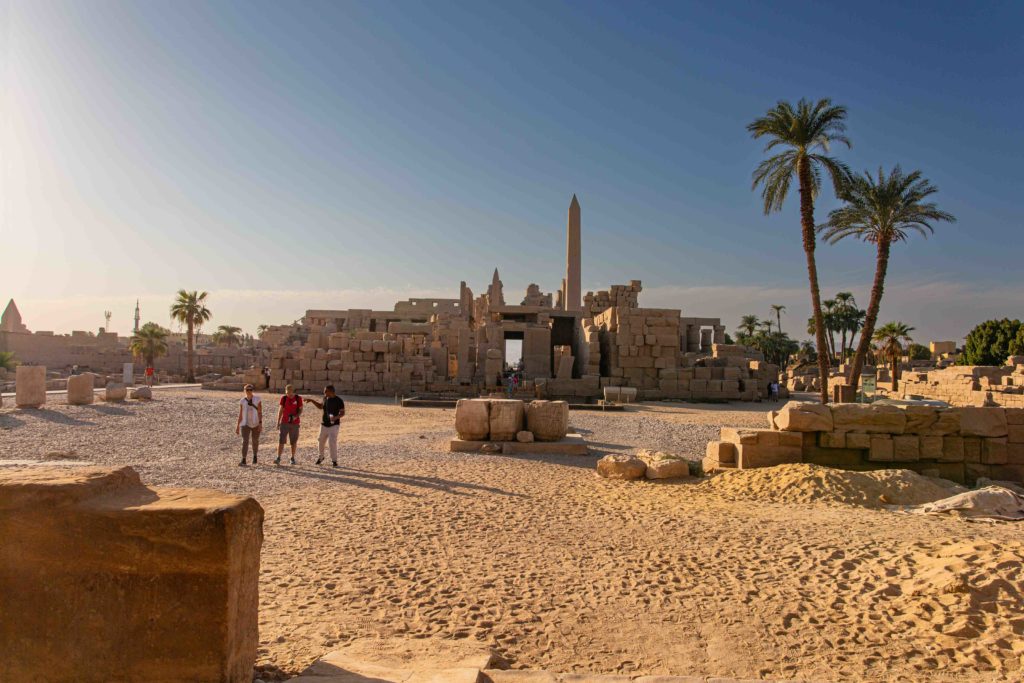
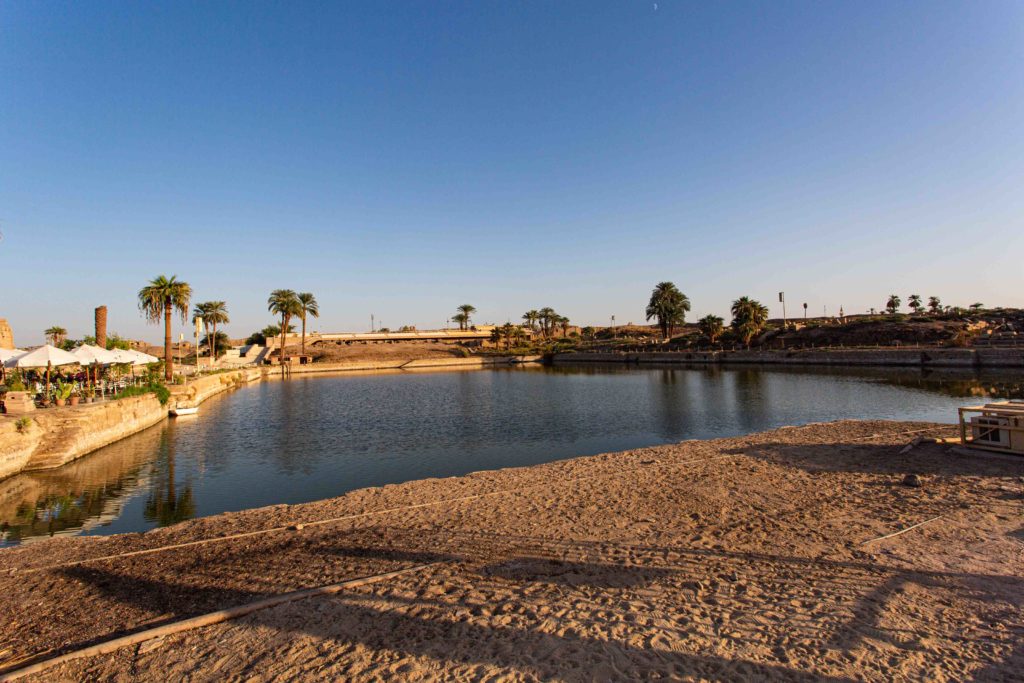

Our guide Mohamed grew up in Luxor and his primary school was on what is now expanded Karnak temple grounds next to the Avenue of Sphinxes, also known as Rams Road. Can you imagine going to school next to a place like this as a child?

Our final stop was at the Luxor Museum. The museum is striving for fewer, quality pieces displayed well and it certainly does that. Mohamed’s favotite statue here is the statnding statue of Thutmosis III. Very intricately carved, it is a remarkable work considering the time it was made.
